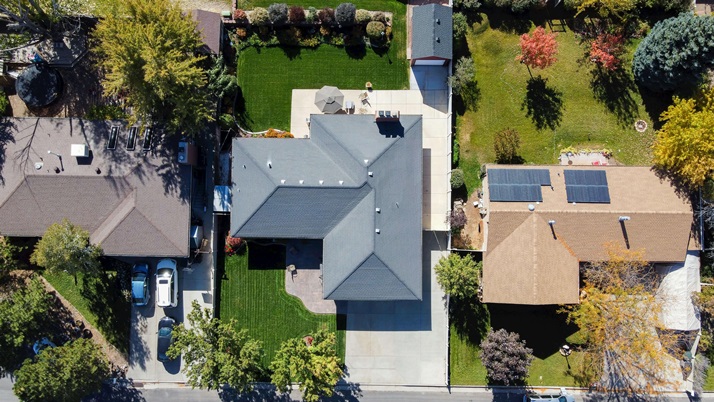How Utah Roofing Codes Protect Your Home
If your roof is not up to code, your home may be at risk of leaks, water damage, mold, mildew, pest invasion, and other issues that can seriously affect its structural integrity. That is why it’s important that a home meets the Utah roofing code and is maintained through proper care and attention. As a homeowner, knowing what to look for to ensure your home is up to code can protect your home from damage and save you money long term.
Understanding Utah's Roofing Code
Roofing codes, like the ones established in the Roofing Design Requirements by the Utah Division of Facilities Construction and Management, are created to ensure safety regulations and standards are met in every home, no matter which roofing company was contracted to do the work. For instance, according to this code, each roof must have ice and water shields or barriers installed on the most vulnerable areas, such as valleys in the roof, overhangs, rake edges, and eaves. The Utah roofing code also specifies the minimum slope requirement and defines the proper processes for new construction and roof replacements among other finer roofing details.
While a homeowner is not required to know all the specifics of the roofing code, having a basic understanding can help you know what to look for to ensure the best care for your home.
Signs Your Roof May Not Be Up to Code
Even in a newly constructed home, smaller issues may crop up, which can lead to bigger problems later on. While a code inspection is required by law, some finer details, such as improper installation techniques, may be overlooked if the code inspector is overworked and does not have time to do a thorough inspection.
However, even if the home is up to code and built with the best practices at the time of construction, it will not always remain that way. As a roof ages, it will gradually becomes weaker, making it more susceptible to damage from weather and other factors. Generally, a roof has a lifespan of 20 to 30 years. Many solar companies will refuse to place panels on a roof that is 15 years old or older because it has an increased risk of cracking under the added weight.
If your roof shows signs of wear or damage or you notice a leak, your roof is not up to code and needs to be repaired or replaced. When hiring a roofer to handle the repairs, make sure they are a licensed roofing contractor with the correct roofing permits for your area. This will ensure that you are working with a professional who knows how to care for your specific roof type and understands how the local environment may impact it. Trying to DIY the repair yourself is not only dangerous, it will likely mean the repair will not be completed properly and not be up to code, leading to more damage and added repair costs much sooner.
How Utah Roofing Codes Help Homeowners
Utah roofing codes were established to ensure your home remains a safe environment for you and your family. If your roof was not built to code or you notice wear or signs of damage, you should consult licensed roofing professionals to start the repair process as soon as possible.
